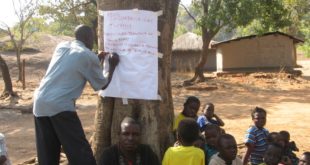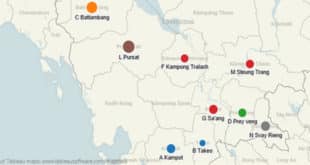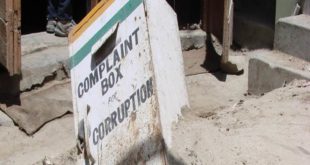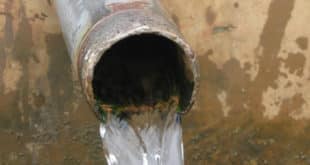Note: An M&E framework can also be called an evaluation matrix. One of the most popular downloads on tools4dev is our M&E framework template. We’ve had lots of questions from people on how to use specific parts of the template, so we’ve decided to put together this short how-to guide. Choose your …
Read More »Guides
How to organise exchange visits among local organisations
This article was originally posted on How Matters. Reposted here with permission. Stronger, more sustainable community-based organisations can contribute to a more effective response to the needs of vulnerable people. Different types of capacity building activities such as exchange visits and mentoring relationships can provide relevant technical assistance through sharing …
Read More »How to use root cause analysis to fix problems
All aid projects face problems at one stage or another. It could be that an employee stole money from the project, or that an activity kept running for years even though it was ineffective. It can be tempting to put these problems down to individual people. The employee was unethical, …
Read More »How to make a simple GPS map of your project
Making a map of your project has many benefits. It can help people in other countries (like donors) understand exactly where your project is located. It can help you make better decisions on logistics, and you can use it display the project results for different target areas. These days, making …
Read More »How to (try to) stop fraud on your project
Fraud and corruption in international development projects are often cited as a reason to stop giving aid. The UNDP broadly defines fraud as any act (or omission) to obtain a financial or other benefit or to avoid an obligation. This differs slightly from corrupt practices, which the UNDP understands to …
Read More »How to choose a sample size (for the statistically challenged)
One of the most common questions I get asked by people doing surveys in international development is “how big should my sample size be?”. While there are many sample size calculators and statistical guides available, those who never did statistics at university (or have forgotten it all) may find them intimidating or …
Read More »How to use technology to monitor field activities
While it might seem surprising to people outside the field of international development / global aid, one big challenge in any international development program is making sure that activities actually get implemented in the first place (and in the manner they were designed). Community health workers, teachers, peer educators and …
Read More »How to do great semi-structured interviews
Semi-structured interviews are a staple of international development programs. Unfortunately they are often done in a rush without proper planning and analysis. The result can be a pile of interview notes that don’t contain the information you need, or simply repeat the same points over and over without adding anything …
Read More »How to design a new program
Designing a new program can be both challenging and rewarding. Challenging because it’s difficult to know if you’ve designed it the right way. Rewarding if your program ends up working (or discouraging if it ends up not working!). There are plenty of manuals on how to design programs, like these …
Read More »How to assess drinking water quality
Clean water is generally defined as water that is free from microbial, chemical and physical contamination. This includes contaminants that present a health risk (e.g. disease-causing bacteria, toxic metals) and those that have no health risk but can make the water unpleasant to drink (e.g. poor taste resulting from high …
Read More »









